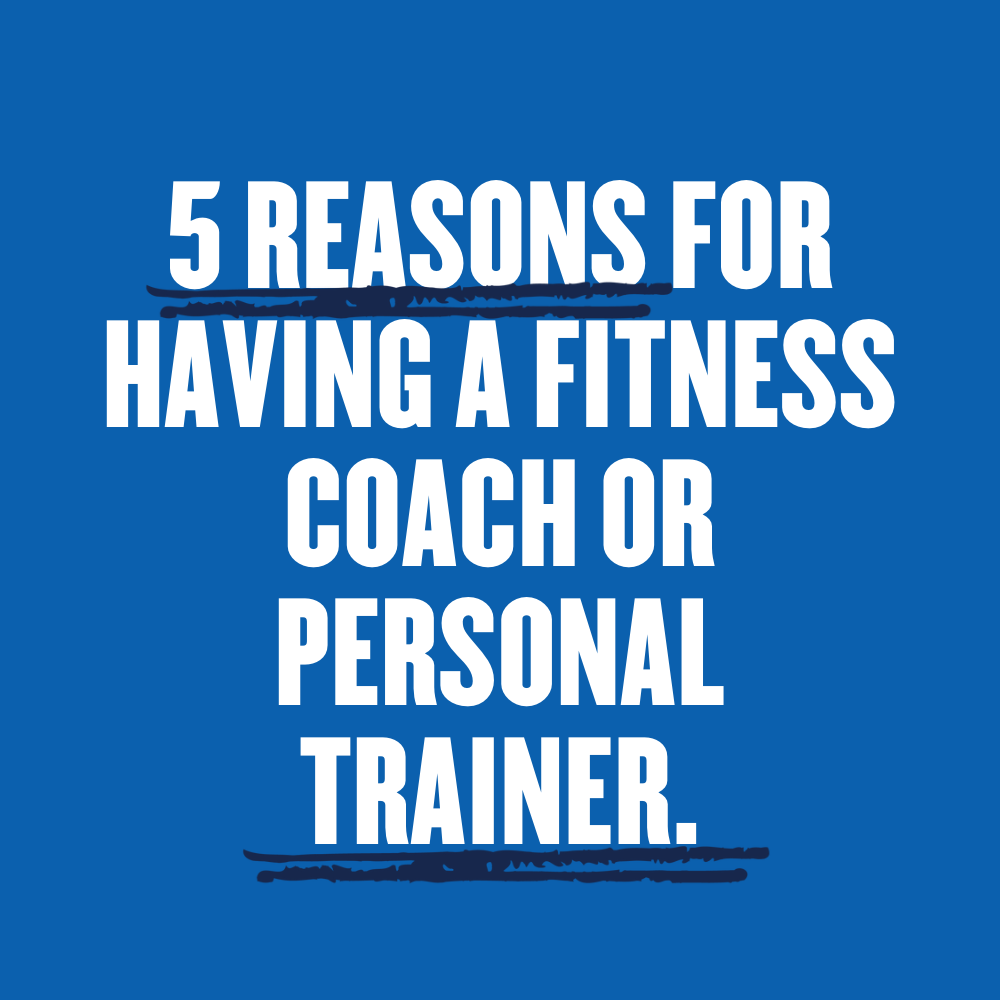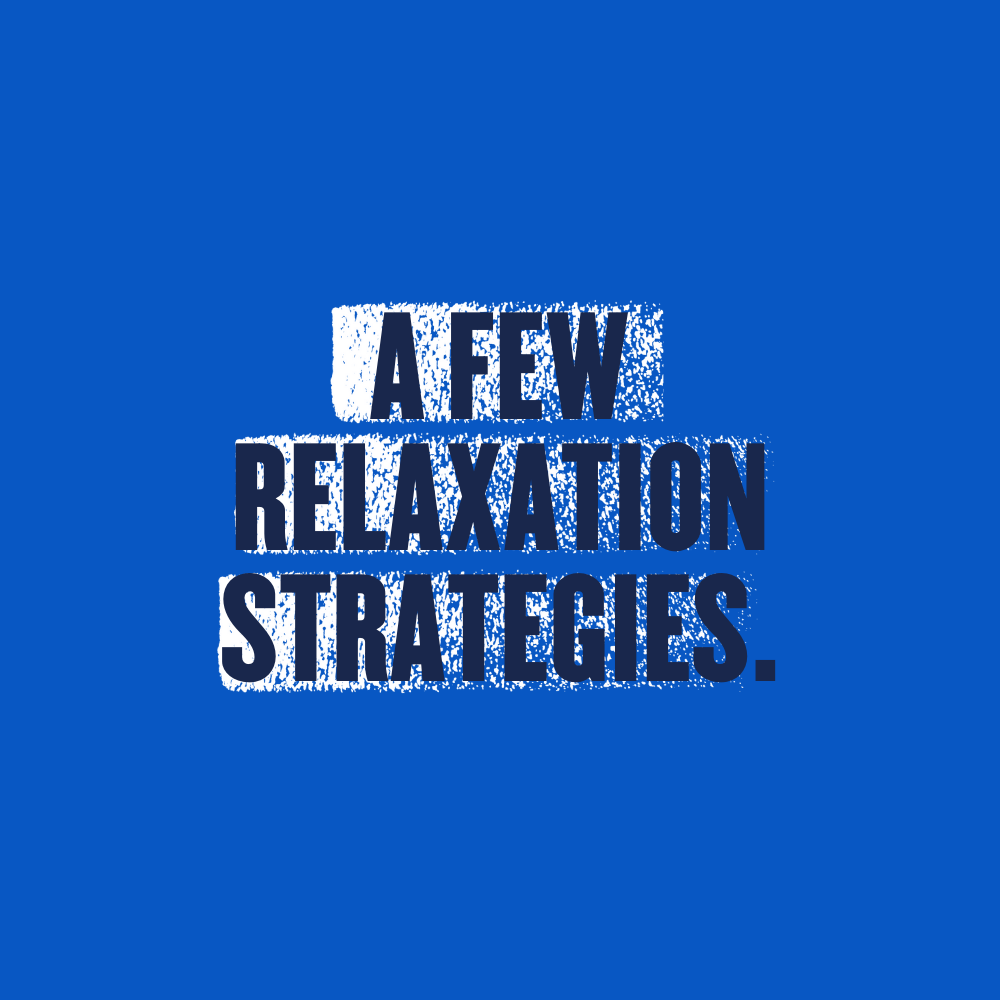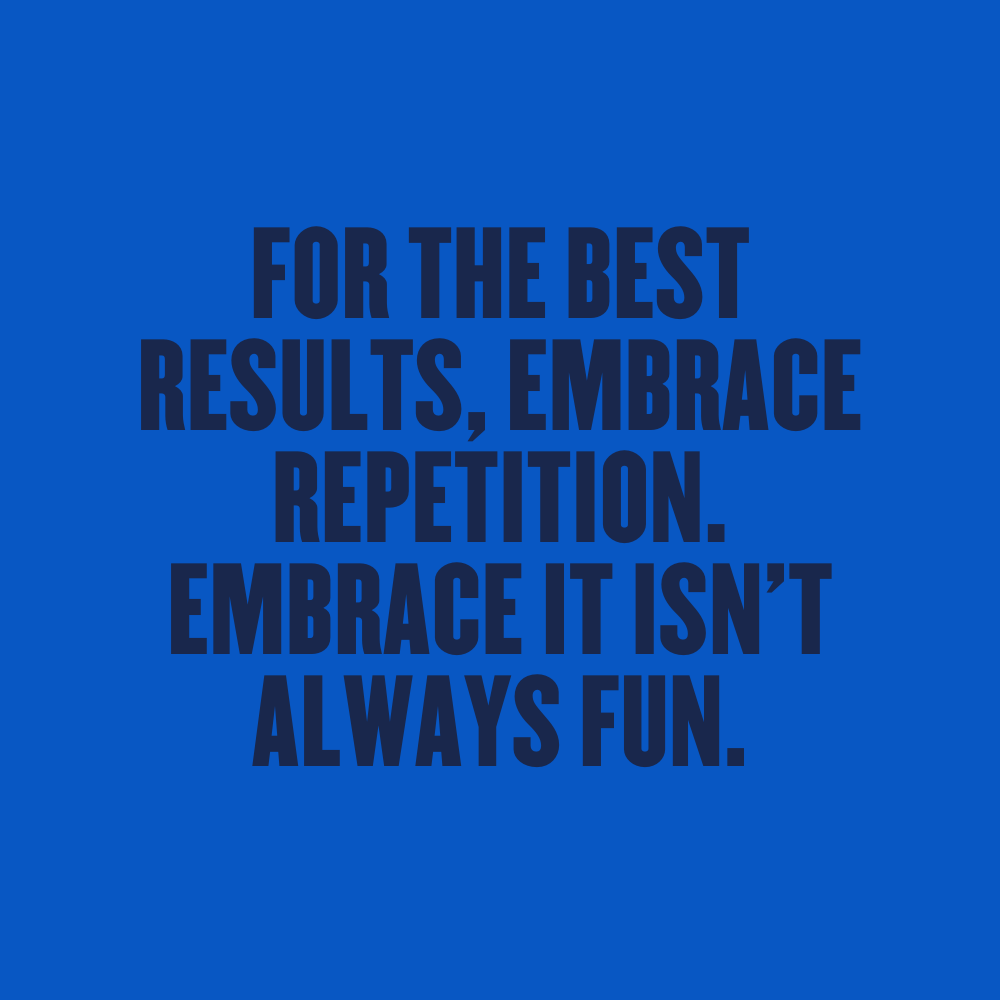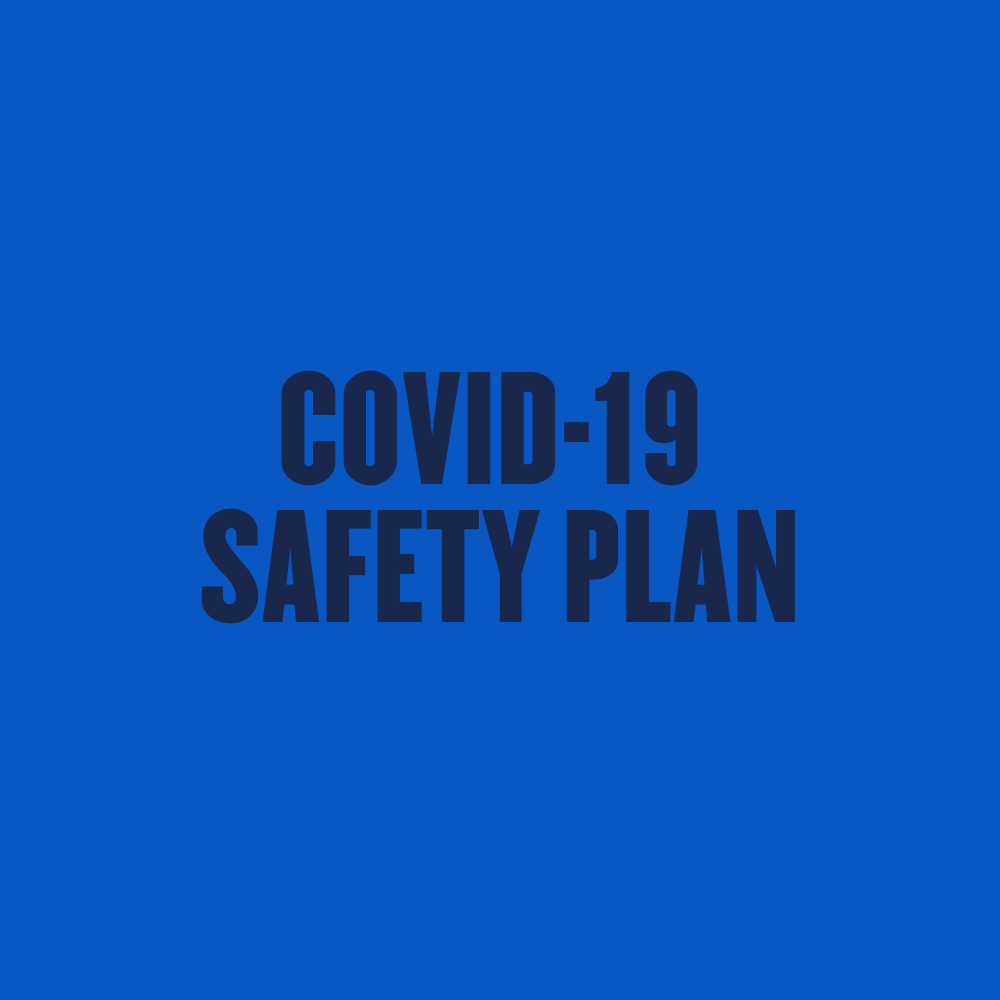EMBRACE THE MOMENT, MAKE ADJUSTMENTS.
EMBRACE THE MOMENT, MAKE ADJUSTMENTS.
You’ve just finished another group training session. You’re surrounded by great coaches and like-minded individuals supporting your health and wellness. You know your numbers, exercise variations, and training principles that help you navigate the program. It’s all clear sailing from here, or so it seems. We understand the ebbs and flows of training, as they parallel with the ebbs and flows of life. You’re going to show up feeling fantastic for days, even weeks, just as you’ll have a few stretches of feeling lower than low. Listening to your body can be pivotal to maintaining consistency through the highs and lows. It can however seem like incomplete advice when you’re new to all of this. Embrace the moment and control what you can. Being present and fully engaged takes practice. Here’s a few factors to consider and how to make adjustments to stay the course with the long game.
- Stress may make you feel overwhelmed or very chill, and you’ll carry that with you everywhere. Training is about inducing specific stress to trigger an adaptation or change in your body. The brain doesn't know the difference between physical stress, environmental, and psychosocial stress. It reacts with the same hormonal cascades (cortisol, adrenaline, etc.). Without a relative sense of well-being, or feeling of safety, your body is unlikely to allocate its resources to rebuild and improve. The brain is wired for survival, not performance.
Dealing with immediate threats is at the top of its agenda. If it thinks that you're running from a bear 24/7, then that's priority number 1. Putting on a little muscle mass comes in a distant 2nd place.
Adjust your effort. Effort describes the actions or intentions you put into a movement to make it more or less challenging. Becoming familiar with RPE (rate of perceived exertion) can help you determine how to reflect and adjust the movements in the programming.
If you feel relaxed, simply stay the course with the lesson plan. Trust in the intention of the programming and we’ll give you plenty of opportunities to push yourself. You can likely afford a higher level of effort that comes with a little more physical stress.
If you feel overwhelmed, consider lowering your weight or leaving a few more reps in reserve at the end of your set. Increase your rest periods by taking more time between sets. This can allow for increased work quality and lessen the experience of fatigue.
- Moods may have you feeling friendly and social, or cranky and closed-off. It can significantly impact different aspects of life, including how you think, feel, and behave. These affective states can impact motivational levels and decision-making. They can also affect relationships and how people interact with others. It doesn’t just affect your interaction with people; it will affect how you engage with your body. When people are in a more negative mood, they are more likely to see the event around them negatively.
Stress, sleep, social interactions and world events can directly impact your mood. Moods can influence how you interpret events and your judgments.
Regular exercise and connecting with others have been shown to improve mood. Showing up to class might already be trending you to a more positive state.
If you feel positive, continue with the lesson plan. You're in the best mindset to pursue a new skill that requires some patience, or manage some higher efforts. Take a moment to survey the room; some of that positive energy just may brighten someone else’s day.
If you feel negative, consider putting off complex movements as they may require too many things to go right to feel good. A simpler variation will still give you the option to push without the frustration. It’s okay to let the community service you; there’s some give and take built-in. Sometimes you need to fill your own cup up, and there is always someone walking around with a full one.
- Communication is everything. Our professional coaching staff know how to help you navigate the struggles that may come as time ticks away. Nothing is off-limits. Nutrition, sleep, and stress all need to be managed along with exercise to ensure your body is working to its desired potential. If your coach hasn’t been down that road themselves, they’ve likely worked with someone who has or is willing to help find you a solution. The dialogue between you and your coach can help them understand how to help you and help you leverage their skills and experience.
You have a coach that wants to hear from you.
Coaches on the floor want you to ask questions.
If a movement or concept in the programming doesn’t support what you want to accomplish, it’s important to adjust and tailor it so that it does.
If you’re struggling outside the gym, there are tools available to you.
Embracing the moment means practicing awareness and making adjustments that reflect it. When you can link together programming cycles in the worst of times, you’ll have no problem in the best of times. Training is less about finding the perfect solution and more about finding a solution. Survey your readiness and pursue the next actionable item. Have honest conversations and set realistic expectations, working towards small, achievable goals to develop lifelong healthy habits.
For more information, book a free no-sweat intro session.
Keep Reading






















































